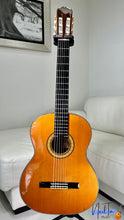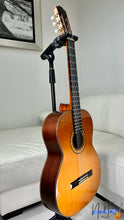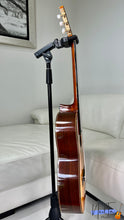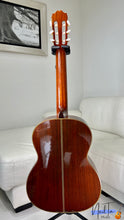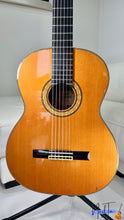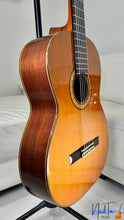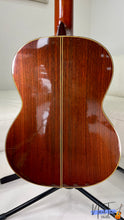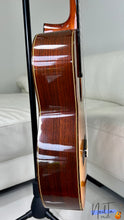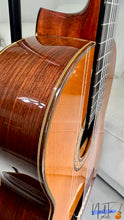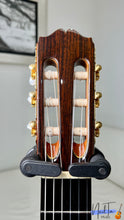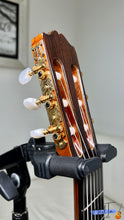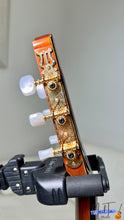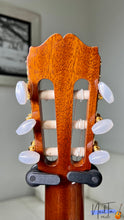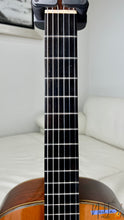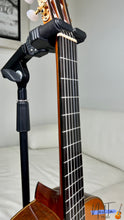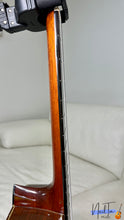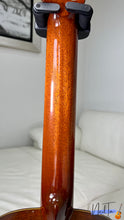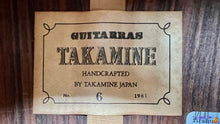
This wonderful Takamine No.6 Classical Guitar was made in Japan in 1981.
It is a step up from the No.5 model. The main difference is that No.6 has higher-grade wood, particularly the top. The grains are straighter and finer. This gives it a louder tone and more open sounding. The bridge is also upgraded to ebony from rosewood.
I have enhanced the guitar by improving the braces to create even more resonance in both the upper and lower register.
I tuned the solid cedar top to the note of A. The guitar will resonate to chords containing A such as A major, A minor, D minor, D major, F major etc.
I would compare this guitar to one in the $10,000 range.
Specifications:
Top: Solid Cedar (high grade)
Back and side: Rosewood
Neck: Mahogany
Fingerboard: Ebony
Scale length: 653mm
Nut width: 52mm
Nut & Saddle: Bone
Frets: mirror-polished stainless steel
Action: 3.0mm on the 1st string and 3.5mm on the 6th string at the 12th fret.
A brief history of Takamine's Classical Guitars:
The company was founded in 1959 and got renamed Takamine Gakki in 1962. In 1968 Masaru Kohno who was one of the best classical luthiers in the world was in charge of supervising the classical guitar production. Masaru Kohno shot to fame after winning the world-renown Liege Concours National de Guitares (classical guitar builders competition).
Takamine's classical guitars had the same rosette and design as Kohno's personal line. Models no.20,30 & 40 were intermediate level while No.5,6,7,8 & 10 were advanced level, these also had Kohno style purflings and bridge.
Thanks to the high-grade tonewood used to make the guitars, The excellent craftsmanship and the supervision of highly skilled luthiers, Takamine classical guitars sound better than many high-end guitars currently being produced.
The quality of vintage Takamine guitars rivals and often surpass modern guitars in the $3500-$10000 range.

















